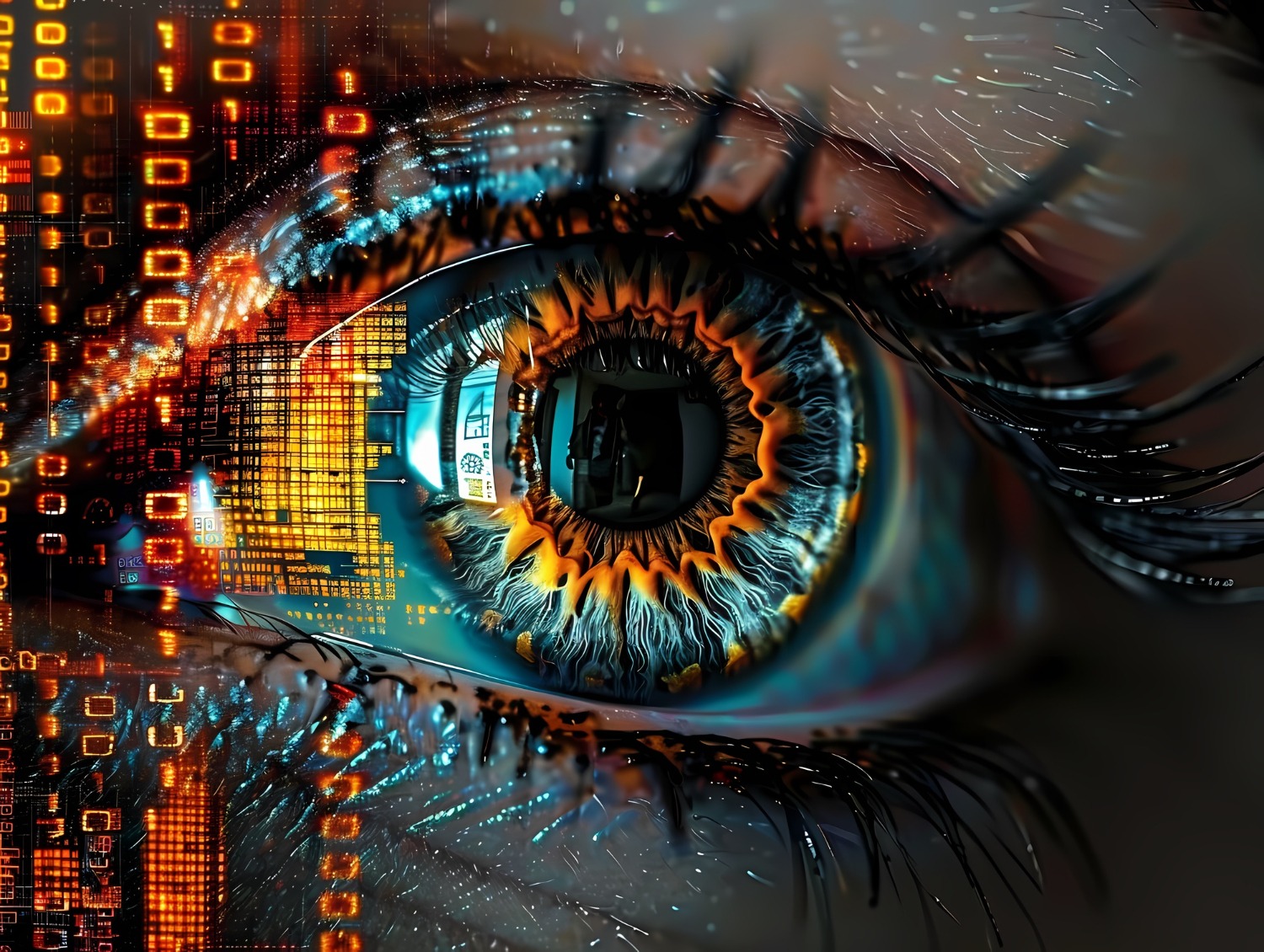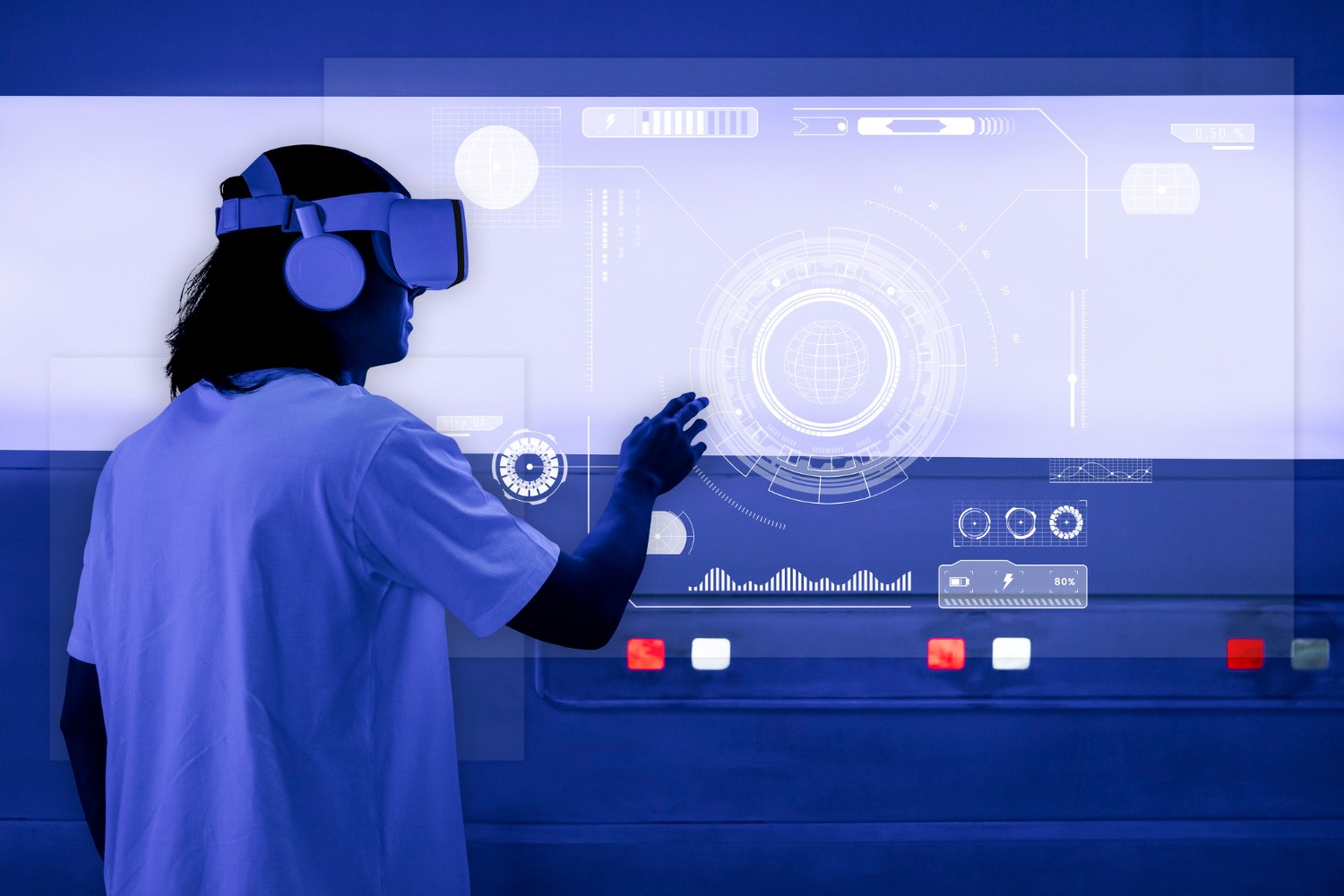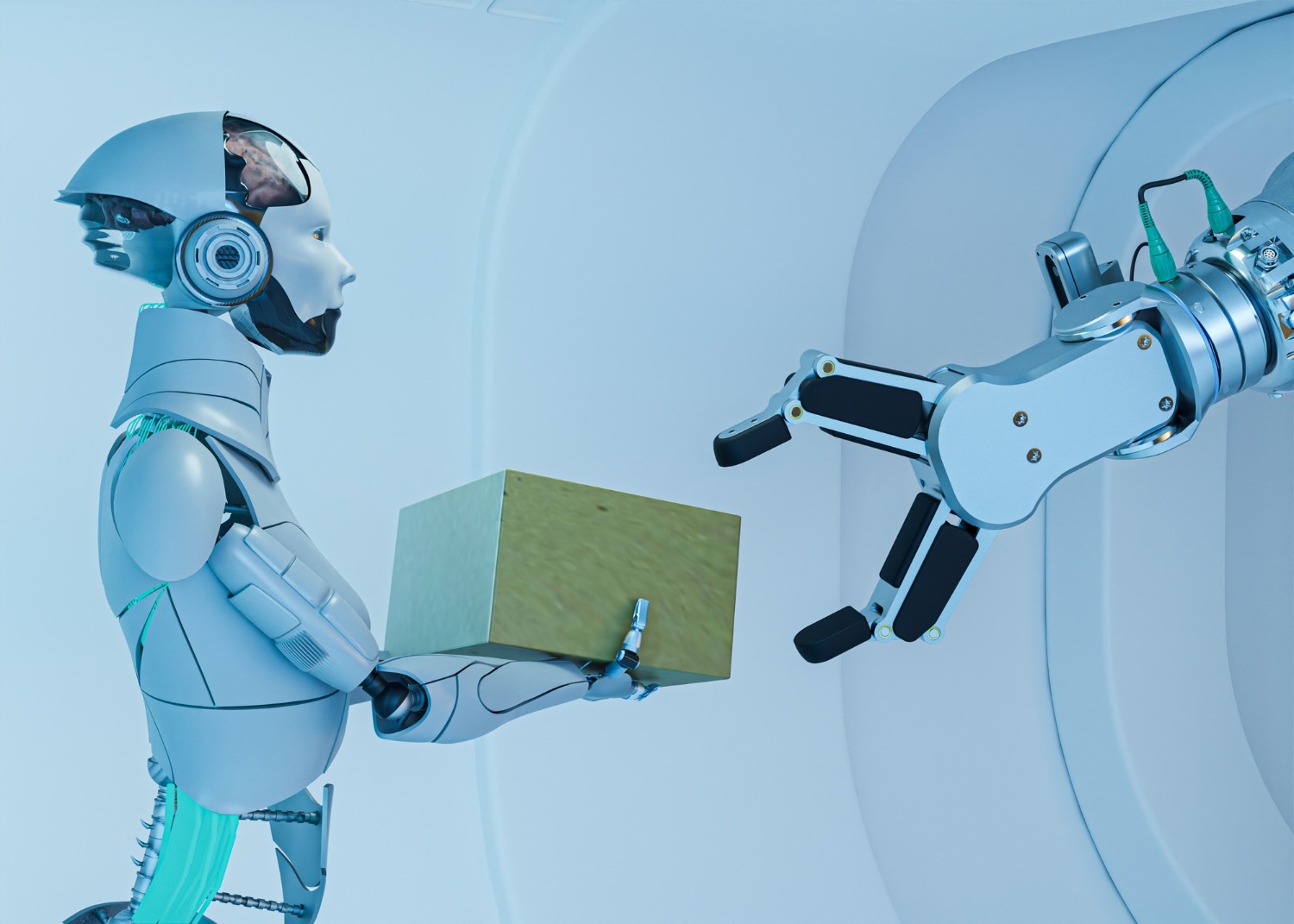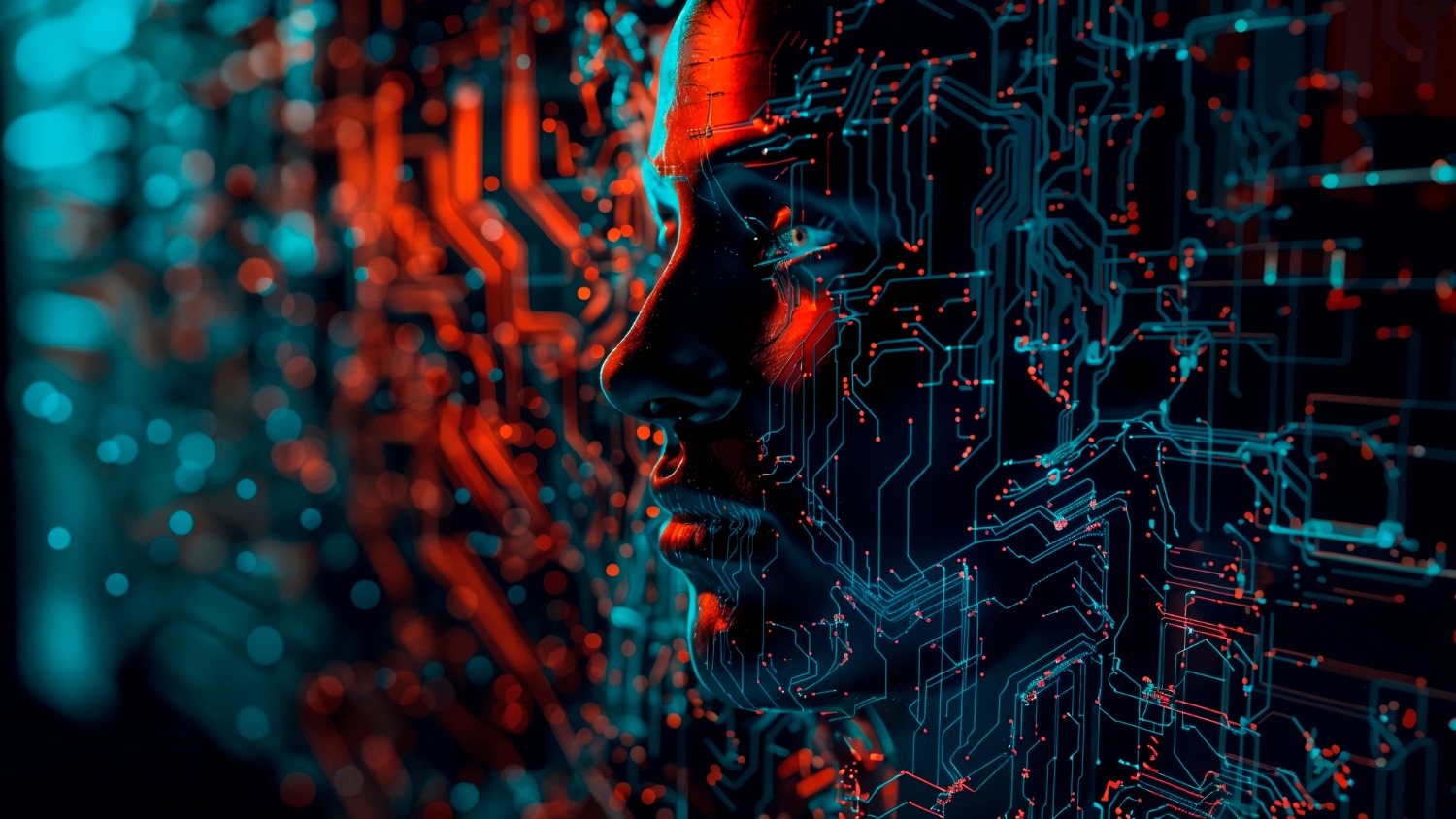Where Computer Vision Enhances Retail Experiences
The retail industry is undergoing a transformation as digital technologies reshape how businesses operate and engage with customers. Among these technologies, computer vision stands out as a game-changer.
By enabling machines to interpret and process visual data, computer vision is revolutionizing retail experiences, driving efficiency, and enhancing customer satisfaction. From inventory management to personalized shopping, this technology is providing innovative solutions to age-old retail challenges.
1. Improving Inventory Management
Effective inventory management is crucial for any retail business. Stockouts can lead to lost sales, while overstocking ties up capital and increases storage costs. Computer vision simplifies this by automating inventory tracking.
- Automated Stock Counting: Cameras equipped with computer vision algorithms can scan shelves to detect low stock levels or misplaced items. This eliminates the need for manual stock checks, saving time and reducing errors.
- Real-Time Alerts: Retailers can receive notifications when shelves are empty or when products are running low, ensuring timely restocking and improving overall store efficiency.
For instance, large retail chains like Walmart and Amazon have implemented computer vision systems to monitor their inventory in real time, streamlining their supply chain and minimizing disruptions.
2. Enhancing In-Store Customer Experiences
Computer vision plays a pivotal role in creating seamless and personalized in-store experiences. It helps retailers better understand customer behavior and preferences, enabling them to deliver tailored services.
- Smart Mirrors: These mirrors, powered by computer vision, allow customers to try on virtual outfits without physically changing clothes. By scanning a customer’s body, the mirror can overlay different styles and colors, making the shopping process faster and more enjoyable.
- Interactive Displays: Computer vision-enabled kiosks can recognize a customer’s gender, age, or mood and recommend products accordingly, enhancing the shopping experience.
Companies like Sephora and Nike are leveraging these technologies to create engaging and futuristic shopping environments, delighting their customers.
3. Revolutionizing Checkout Processes
One of the most frustrating aspects of in-store shopping is waiting in long checkout lines. Computer vision addresses this problem by enabling cashierless checkout systems.
- Just Walk Out Technology: Retailers like Amazon Go use computer vision to track the items customers pick up and automatically charge them as they exit the store. This eliminates the need for traditional checkouts, saving time and reducing congestion.
- Faster Payment Processing: Even in stores with cashiers, computer vision can speed up the process by scanning and identifying items more quickly than traditional barcode systems.
These advancements not only enhance customer satisfaction but also free up staff to focus on other important tasks, such as providing personalized assistance.
4. Strengthening Loss Prevention and Security
Retail theft is a significant concern, with losses amounting to billions annually. Computer vision enhances security measures, helping retailers prevent theft and fraud.
- Shoplifting Detection: AI-powered cameras can identify suspicious behavior, such as individuals lingering near high-value items or concealing products.
- Fraud Prevention at Self-Checkout: Computer vision systems can detect when items are incorrectly scanned or swapped with cheaper alternatives at self-checkout stations.
By integrating computer vision into their security systems, retailers can significantly reduce shrinkage and maintain a safer shopping environment.
5. Personalizing Online Shopping
The rise of e-commerce has brought new opportunities for computer vision to enhance online shopping experiences.
- Visual Search: Shoppers can upload images of desired products, and computer vision systems will identify similar items in the retailer’s catalog. This simplifies the search process and helps customers find exactly what they’re looking for.
- Virtual Try-Ons: Just like smart mirrors in physical stores, online retailers use computer vision to allow customers to virtually try on clothing, accessories, or even makeup through their smartphones or computers.
Companies like ASOS and Warby Parker are leveraging these features to offer a more engaging and personalized online shopping experience.

6. Optimizing Store Layout and Product Placement
Understanding how customers navigate a store and interact with products is crucial for optimizing layout and driving sales.
- Customer Traffic Analysis: Computer vision systems can analyze foot traffic patterns, identifying high-traffic areas and dead zones within the store. This information helps retailers place popular items in strategic locations to increase visibility and sales.
- Heatmaps: By generating heatmaps of customer movement, computer vision provides insights into which sections of the store attract the most attention, enabling more effective merchandising strategies.
Brands like Zara and Target use these insights to continually refine their store layouts, creating a more intuitive shopping experience.
Challenges and Considerations
While the benefits of computer vision in retail are clear, implementing these systems comes with challenges:
- Data Privacy: Collecting and analyzing customer data raises concerns about privacy and compliance with regulations like GDPR.
- Integration Costs: Setting up and maintaining computer vision systems can be costly, especially for small retailers.
- Accuracy and Bias: Ensuring the accuracy of computer vision algorithms and avoiding biases in data interpretation is essential for reliable outcomes.
Retailers must address these issues to fully leverage the potential of computer vision while maintaining trust and compliance.
Conclusion
Computer vision is redefining the retail landscape, offering innovative solutions that enhance efficiency, security, and customer satisfaction. From streamlining inventory management to personalizing shopping experiences, this technology provides retailers with the tools to stay competitive in a rapidly evolving market.
As computer vision continues to advance, its applications in retail will only grow, paving the way for smarter, more efficient, and engaging shopping experiences. Retailers that embrace this technology today will be well-positioned to thrive in the future.




